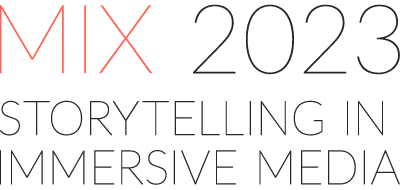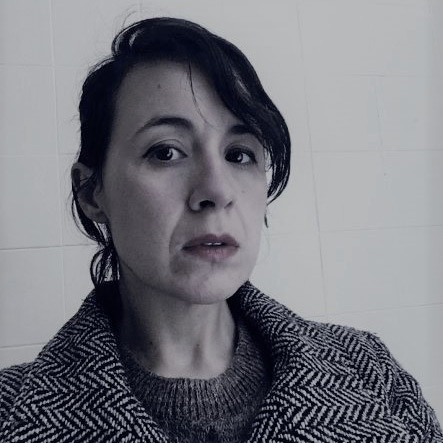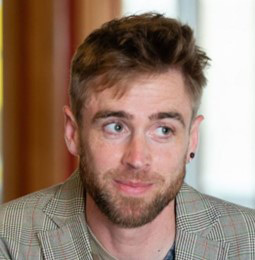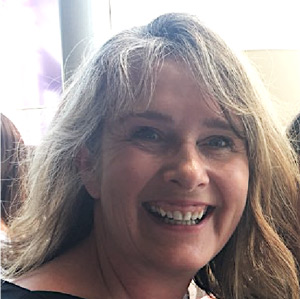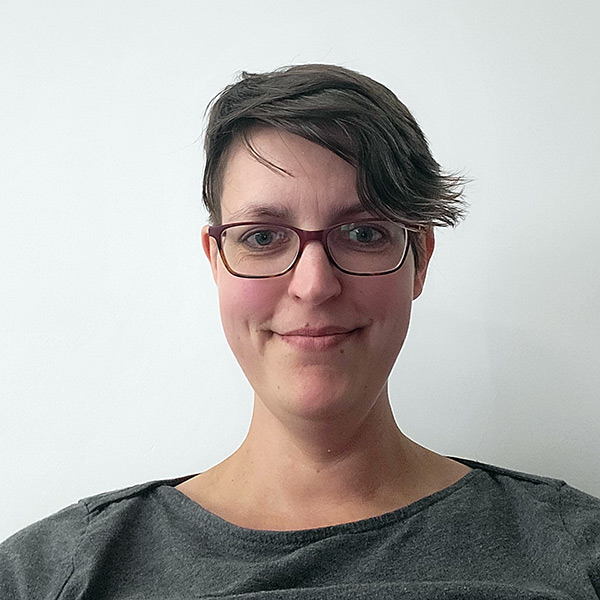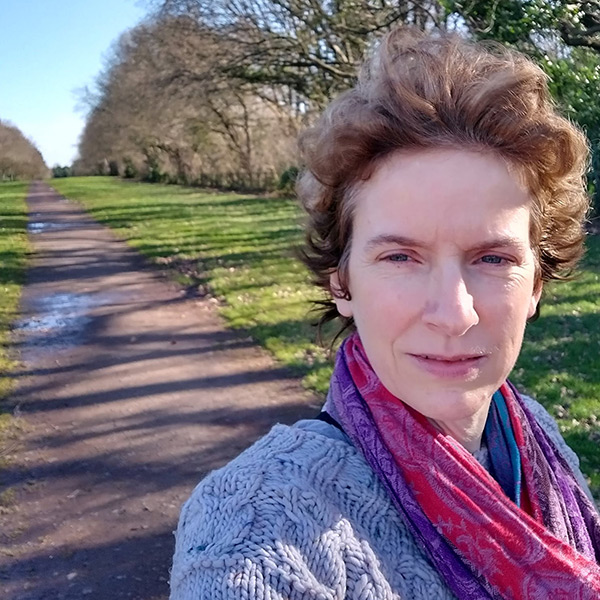Panel 12: Remixing the Archive: Creative Digital Reimaging, Reworking and Reuse
Chair: Rachel Pownall
12.01 – Storytelling in Immersive Media: Bringing history to life
Fiona Graham (Staffordshire University)
From the national French monument D51 ‘Deborah’ the Mark IV tank with French and British communities explaining the impact of tank warfare, to the World War One French battlefields and the Hawthorn Crater blast which heralded the start of the Battle of the Somme, we explore how filmic and immersive co-creation processes with communities can help support heritage and education.
The Production House method created by Associate Professor Fiona Graham is a distinctive and multi-disciplinary creative practice-based approach to factual content including history and educational films.
We are an interdisciplinary team of practice as research academics with academic and cinematographer Paul Ottey and Dr Mel Lee and industry and heritage partners co creating history content with communities in the UK and Europe using film and digital technologies.
A number of distinct projects have successfully utilised this model. Although intrinsically linked through a co-creation process, the process allows the filmic narrative to “pull” the creation of new content through a participatory and community-focused line of enquiry which means that content is tailored to affected communities. The process generates new knowledge about stories and content as well as processes and tools.
Research is now in development for an immersive experience of the first day of the Battle of the Somme in 1916 using new knowledge from unseen soldier diaries and immersive technology to test and bring the experience into the classroom and heritage.
The first person accounts from diaries, from external collaboration with military historian Andrew Robertshaw (Military Historian on ‘They Shall Not Grow Old,’ and ‘1917’), will be recreated into scripts and using innovative technologies applied to create soldiers from the battlefield, hear their thoughts and feelings to experience the battle in July 1916.
We are testing technologies including VR, Motion Capture, 360 immersive film development and virtual scripted storytelling.
12.02 – Glass Plate Archive to Otherworldly Shadows
Toby Martinez da las Rivas, Jane Glennie and Neda Milenova Mirova (Independent artists)
Museum collections and archives have long been inspirations for new creative works. Digital technologies in image, film, animation, and sound are enabling writers and artists to push boundaries to create compelling immersive works that transform our understanding of the life and afterlife of text and image, particularly as part of a collaborative practice.
As 2022 Writer-in-Residence at The Museum of English Rural Life (MERL) at Reading University, Toby Martinez de las Rivas produced a series of poems in response to the Eric Guy archive, an inter- and post-war photographic archive of changing land management practices and rural customs. After collaborating with sound-artist and musician Neda Milenova Mirova and filmmaker Jane Glennie, these poems have evolved into a suite of immersive short films incorporating text, sound fragments, music, and image. Each film is made from a high-resolution scan of the original glass plate negative or Eric Guy print which inspired the text, and which has been digitally wrought into new and unexpected images accompanied by soundtracks comprising dense layers of environmental sound, electronically manipulated readings, and original scoring on cello and accordion. The resulting pieces offer a challenging response to images almost a century old in which the original photograph is transformed from a record of working rural life to a mesmerising and ominous unit of revelation.
The presentation will introduce the approach and technique each individual contributed and discuss how the collaboration of distinct disciplines (text/sound/film) evolved a series of static black-and-white images into audio-visual works. We will discuss the role of archives in creativity and the value of collaborative practice within the archive to both cultural organisations and creative practitioners. The presentation will show film excerpts, as well as setting out our long term aims of transforming the suite into a fully immersive experience in an appropriate venue.
12.03 – Public Domain Film Footage as an Entry Point to Interactive Film and TV for Writers
Lynda Clark (Edinburgh University)
For writers wishing to include interactive TV work in their portfolio, embarking on a project can be daunting. Not only is creating film footage an entire skill set in itself, it can also be prohibitively expensive, requiring actors, sets and equipment. While mobile phone cameras and editing software are constantly improving, there is still a heavy burden of creative work on writers wishing to explore this area, particularly if they don’t yet have industry contacts or collaborators. As Bandersnatch creator Charlie Brooker observes (Utichi, 2009), this single Black Mirror episode contains more than five hours of footage, bringing it closer to the demands of an entire series in terms of planning and production.
By reworking and reimagining existing footage from public domain sites such as publicdomainmovie.net, the scale of creative work can be significantly reduced, freeing writers to focus primarily on script writing and narrative design. Free tools such as Twine, StoryFormer and even YouTube offer opportunities to create and distribute interactive TV work. Using Dr Caligari’s Interactive Cabinet (Clark, 2022) as a case study, this talk suggests the ways in which writers might make use of these free tools and public domain footage resources to create new interactive works and build their skills for this growing creative medium.
